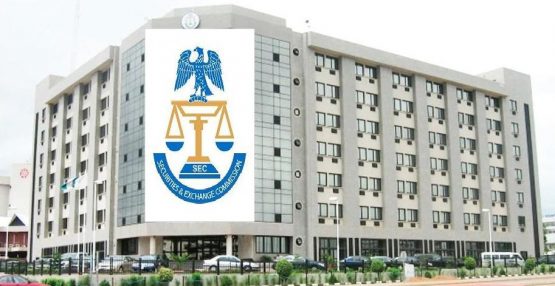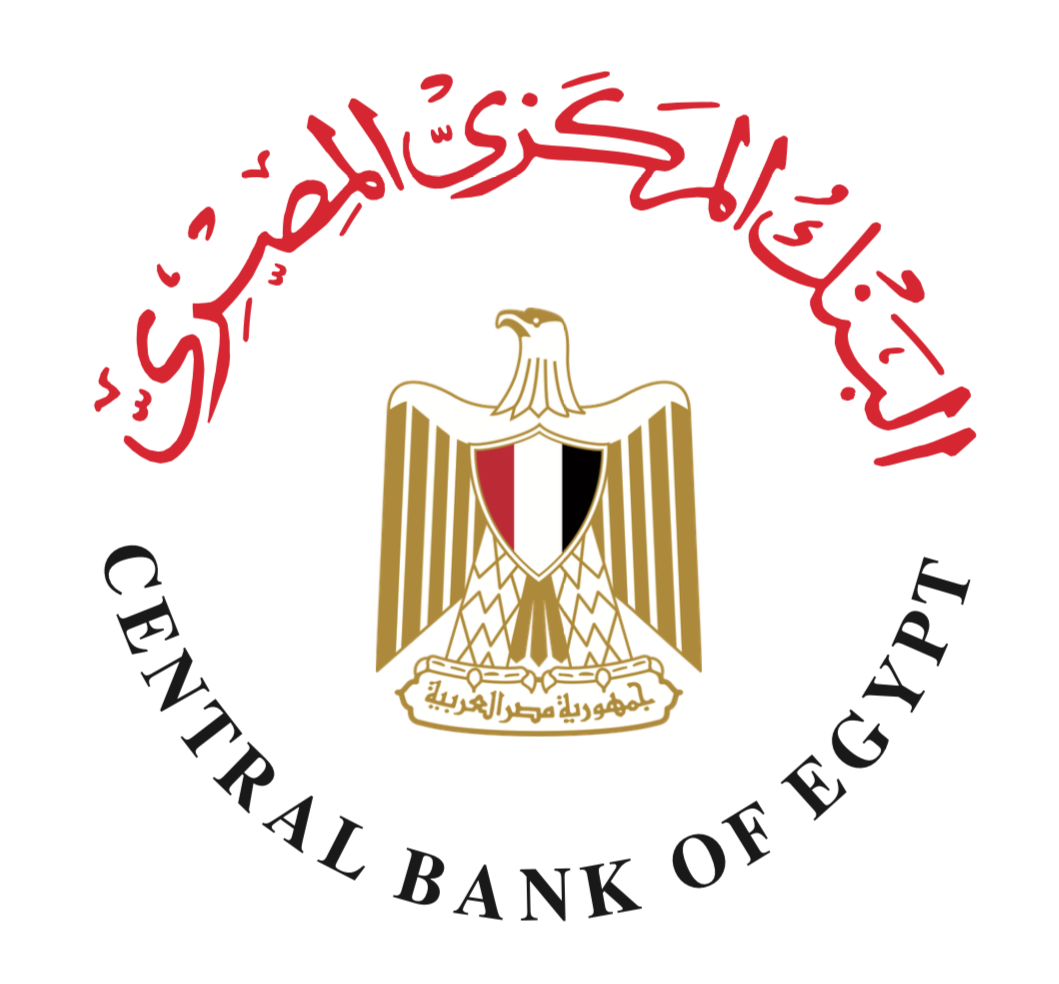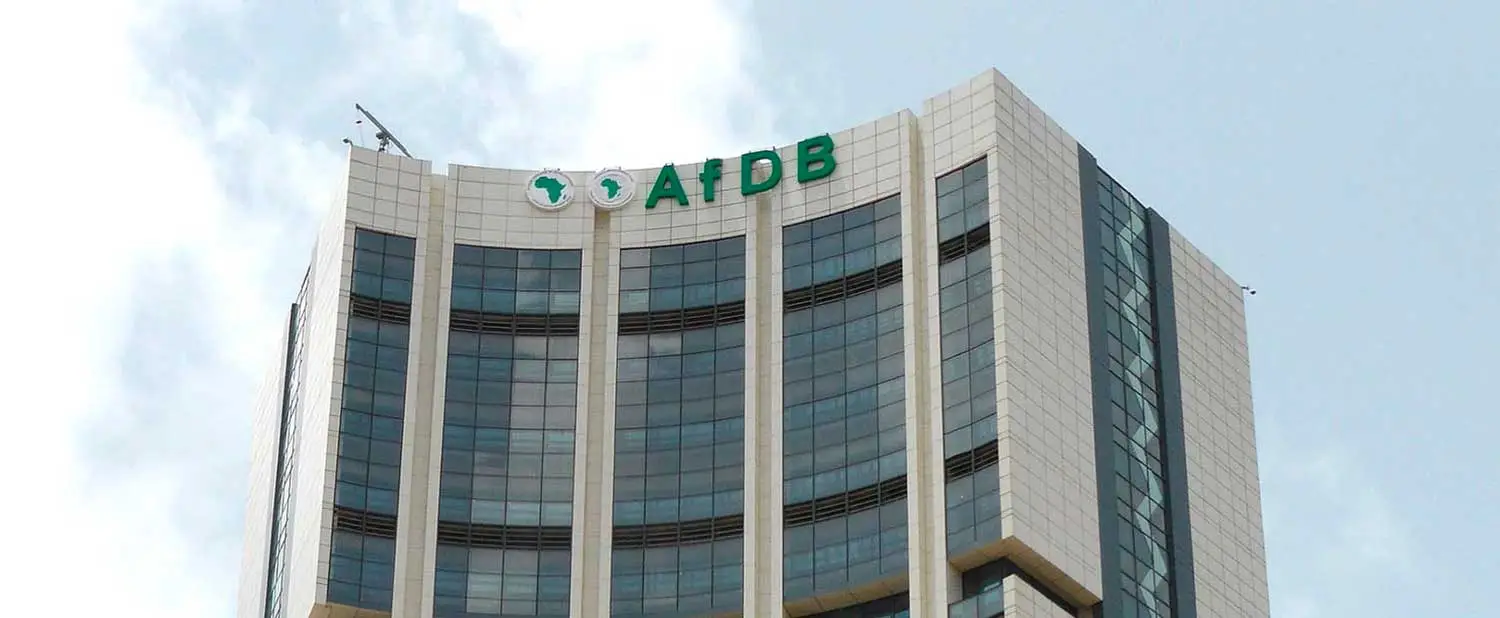THE Bank of Namibia has declared a flat N$413,7 million dividend to the state for the 2022 financial year.
This will be distributed from the N$772 million net profit which the bank earned for the year – while the rest of the funds will be channeled to the general reserve, the development reserve and the training fund reserve.
Announcing the financial performance of the central bank, governor Johannes !Gawaxab said the positive performance of the bank was on the back of higher average interest rates during 2022, which increased the operating profit by 11,5% from N$584,2 million in 2021 to N$651,2 million.
The bank had a N$52 billion asset base at the end of the financial year, which was mainly funded by deposits of N$36,5 billion.
Investments held by the bank at the end of the year were at N$43 billion and remain the biggest asset, increasing by N$4 billion from 2021.
A big part of these assets are in South Africa (N$29 billion), and are mainly debt and money market instruments.
About N$14 billion is held in other economies.
!Gawaxab said these results and the dividends show that the central bank demonstrated further resilience in 2022.
At the dividend announcement, the central bank also launched its annual report which covers the operations of the bank and the health of the Namibian banking sector.
The governor noted that despite the local economy being exposed to much global risk, and a challenging global climate, the banking sector’s performance remained sound during 2022.
He also noted that it was the need for the central bank to hike interest rates last year, to strike a balance between anchoring inflation expectations and supporting domestic economic recovery.
During 2022, the central bank through the Namibian Interbank Settlement System (NISS) allowed payments to the tune of N$1,1 trillion – which translates to an average of 299 transactions per settlement day.
This much money attracts fraud and saw the banking sector registering N$31,4 million worth of fraudulent transactions – much of this was perpetuated through electronic fund transfers and about N$9 million through e-money platforms.
In 2022, saw a 2,4% increase in the currency in circulation in 2022 compared to 2021. There was N$4,8 billion worth of notes and coins in circulation.
Detected counterfeits making rounds increased by 32,9%, and the bank said the N$200 banknote denomination was the most counterfeited at 55,8%, whereas no counterfeits were recorded for the N$30 commemorative banknote.
On its failures, or partial attainment, the central bank noted that it had not managed to have the SME loans scheme well taken up, as only about 5% of the loan scheme was utilised.
Other than maintaining price, monetary and financial stability, !Gawaxab said it was important for Namibia to preserve the integrity of its financial system by remedying the gaps identified in the Anti-Money Laundering and Combating the Financing of Terrorism and Proliferation Framework.
“We are making the necessary efforts to meet deadlines of the outcomes of the mutual evaluation exercise in order to keep the country from being greylisted after the current 12-month monitoring period expires,” he said.
As an adviser to the state, the governor also said for Namibia to mitigate the economic impact of global shocks and protect vulnerable groups, the prioritisation of the building of fiscal buffers will be required as an immediate policy action.
“In the medium term, policies should focus on structural reforms and the modernisation of policy frameworks to boost growth, support the vulnerable, strengthen governance and tackle rising levels of debt,” he said.
Furthermore, he said to support private sector-led growth that is underpinned by exports and investments, structural reforms should focus on improving governance, diversifying exports, increasing productivity and building climate resilience to lift the economy’s growth potential.
“This will enhance diversification efforts, which will help the country to manage volatility and provide a more stable path for equitable growth and development. The country should enhance its food production capacity and resilience to climate change through access to water, resilient seeds and fertilisers, among other things,” he said.













Comments